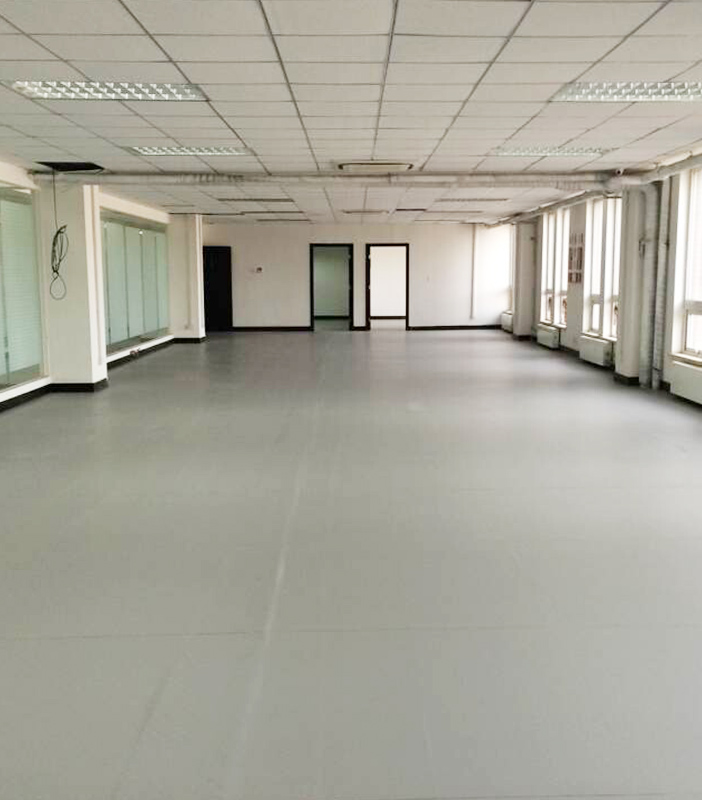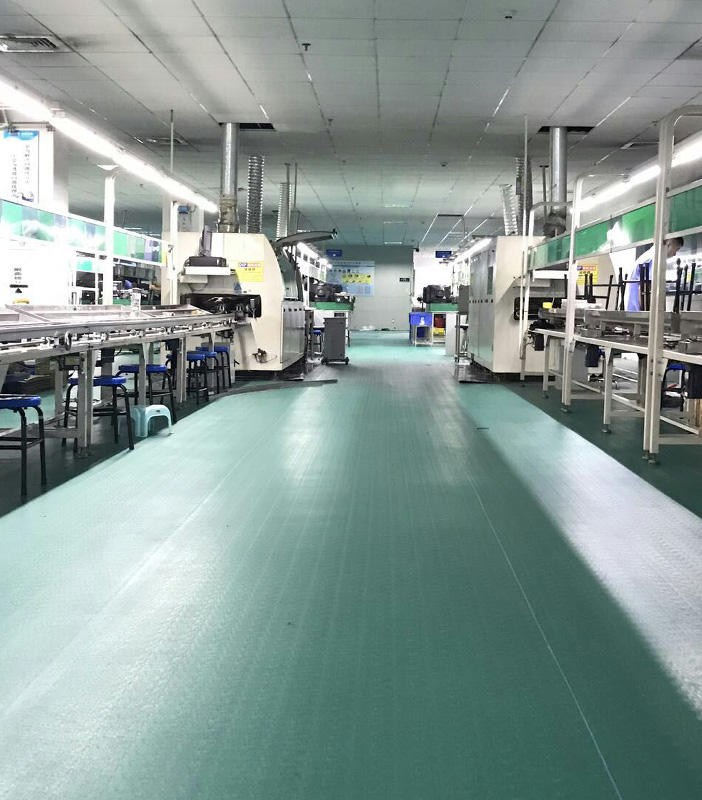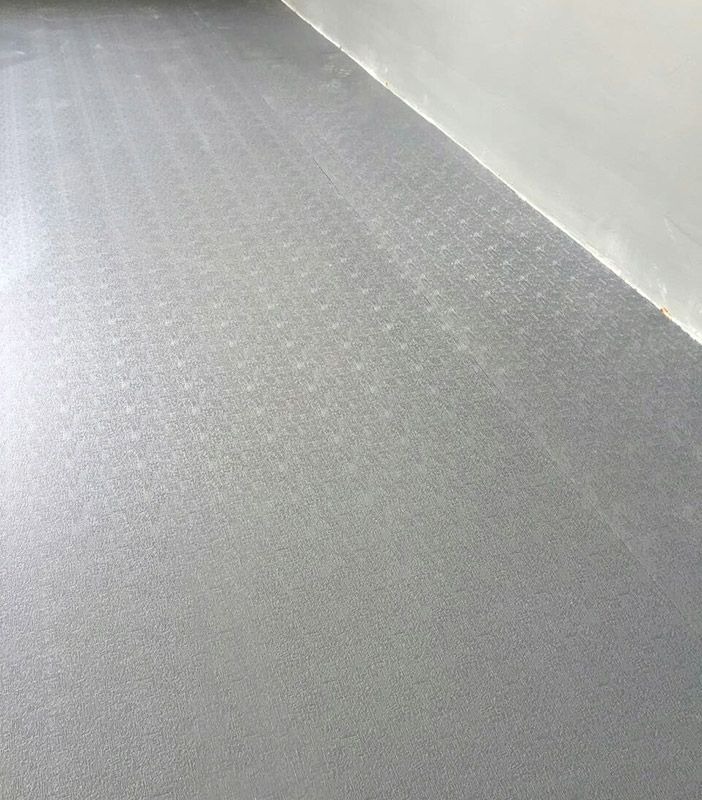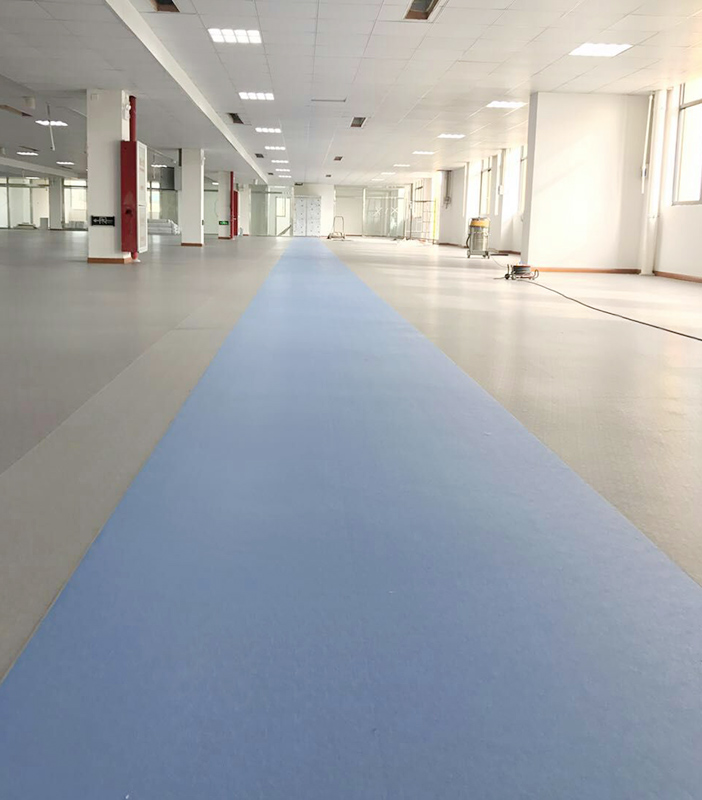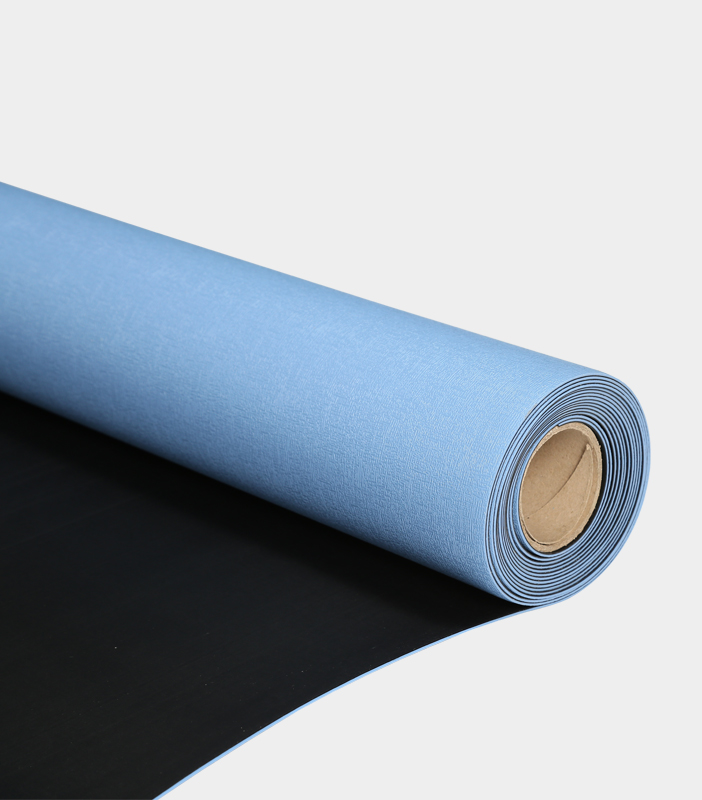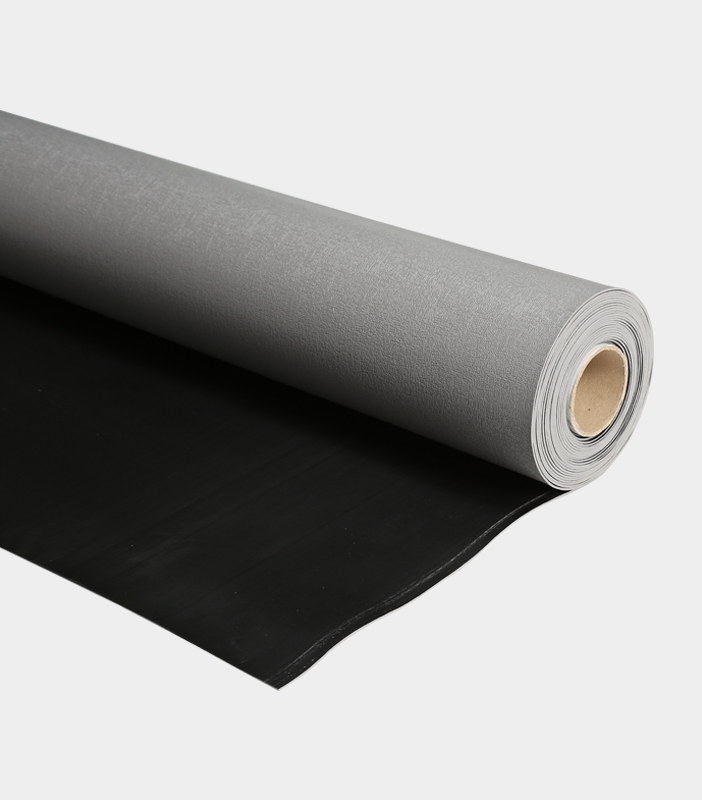OEM Supply ESD Table Foam Mat Manufacturing Factory Maker
ESD can cause significant damage to sensitive electronic components, costly production setbacks and product failures. In response to this pressing issue, ESD foam mats are gaining traction as an essential solution for safeguarding electronics during production and handling.
ESD foam mats are specifically engineered to prevent electrostatic buildup, providing a safe surface for handling electronic components. Made from conductive or dissipative materials, these mats allow for the controlled discharge of static electricity, protecting valuable parts from potential harm. Their primary function is to create a static-safe workspace, ensuring that employees can handle components without the risk of ESD damage.
In recent years, the adoption of ESD foam mats has expanded beyond traditional electronics manufacturing to include sectors such as telecommunications, automotive, and medical device production.
Implementing ESD foam mats in manufacturing environments significantly enhances workplace safety. By providing a static-safe surface, these mats help reduce the likelihood of ESD incidents that could compromise product integrity. Moreover, the use of ESD mats contributes to compliance with industry standards and regulations regarding electronic component safety.
These mats are often used in conjunction with other ESD protective equipment, such as wrist straps and grounding systems, to create a comprehensive ESD control strategy. This multi-layered approach ensures that employees are protected while handling sensitive devices, ultimately improved product quality and reliability.
Manufacturers of ESD foam mats are continuously innovating to improve their products. Recent advancements focus on enhancing the durability and functionality of the mats. For instance, new materials are being developed to increase resistance to wear and tear, ensuring that the mats maintain their effectiveness over time.
Additionally, manufacturers are exploring options for creating mats that are both conductive and comfortable. By combining cushioning properties with static-dissipative materials, these mats can enhance user comfort during prolonged periods of standing or working at a workstation.
With growing environmental concerns, the electronics industry is increasingly turning its attention to sustainability. Manufacturers of ESD foam mats are responding by adopting eco-friendly practices in their production processes. This includes using recyclable materials and small waste during manufacturing.
Sustainable practices not only benefit the environment but also resonate with consumers who prioritize environmentally responsible products. As companies strive to meet sustainability goals, the demand for eco-friendly ESD solutions is likely to rise.
Despite the increasing demand for ESD foam mats, manufacturers face challenges in the current market. Rising raw material costs and supply chain disruptions can impact production schedules and pricing strategies. To remain competitive, manufacturers must navigate these obstacles while continuing to deliver high-quality products.
Moreover, the fast-paced nature of the electronics industry necessitates that manufacturers stay ahead of trends and customer preferences. Adapting to evolving technology and market demands will be crucial for sustained success.
The growing importance of ESD foam mats in electronics manufacturing underscores the need for effective static control solutions. As industries continue to integrate more electronic components into their products, the demand for ESD protection will only increase. As awareness of ESD issues continues to rise, these mats will remain an essential tool for safeguarding sensitive electronic components across various sectors.

 简体中文
简体中文 English
English España
España Deutsch
Deutsch